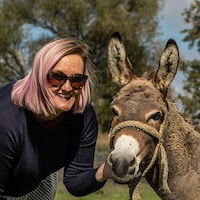Built around the confluence of the Danube and Sava Rivers, Serbia’s capital blends an array of architectural styles, from socialist blocks left behind from a communist past to elegant art nouveau buildings. I chose to spend my birthday weekend here – and have no regrets.
Well, just one.
That I did not stay longer to enjoy this beautiful city with tasty food and such friendly people.
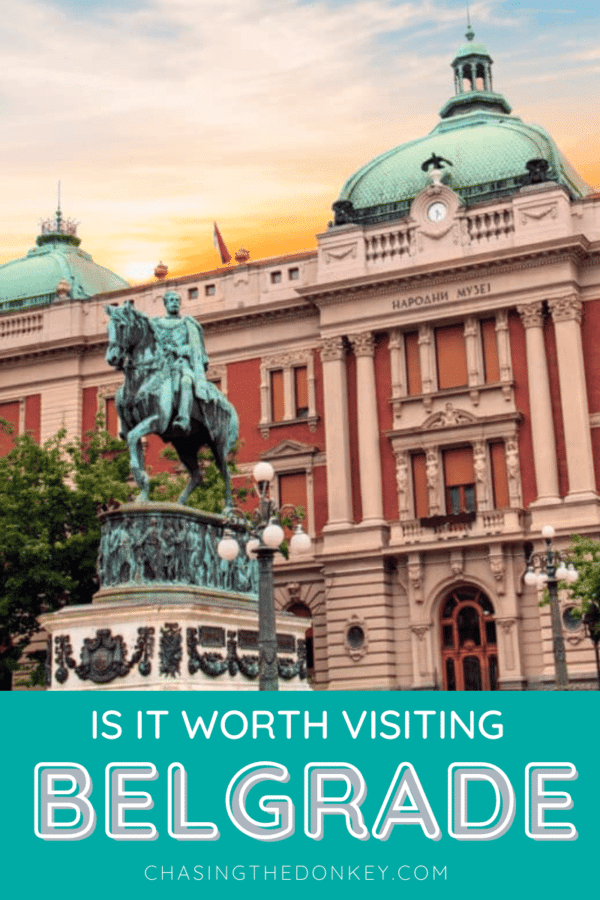
Serbia has a unique history, from being a part of the Ottoman Empire to forming a part of the former Yugoslavia during the communist era, which has left a mix of cultural heritage all over Belgrade.
Similar to other cities like Budapest and Bucharest, but with a laid-back atmosphere and uncrowded streets that other European capital cities can’t offer, especially during the summer months.
But is Belgrade worth visiting?
YES! Serbia’s capital is worth putting on the bucket list unless you are looking for cute and quaint; then Belgrade isn’t the right place to go.
However, if you want to taste something different and submerge yourself in Eastern European culture and architecture, pack your bags – visiting Belgrade is an excellent idea!
Skip Ahead To My Advice Here!
Safety In Belgrade
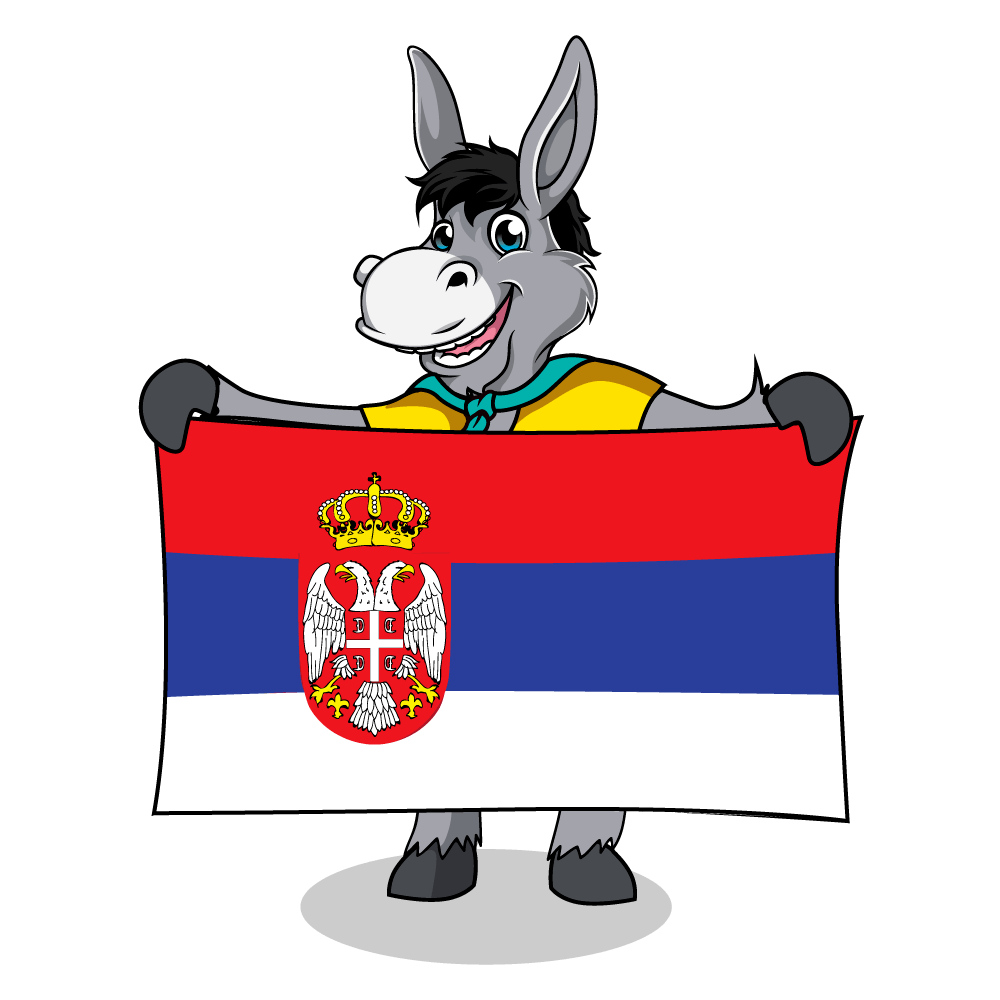
Unlike some of Europe’s more popular capitals, Belgrade can feel a bit grungy and gritty. Time and many wars have left their marks on the city, but don’t let that fool you into thinking it’s unsafe.
Belgrade is a safe city full of cheerful and welcoming Serbian people who are always happy to help. There’s a very low risk of anything going wrong during your time here, though it’s always wise to keep an eye on your luggage and watch out for pickpockets.
I traveled with a friend of mine, and the two of us girls walked the streets – even late at night tipsy without feeling any bad vibes.
That said, my Serbian friend had pre-warmed us about a few spots in the Serbian capital that are particularly notorious for pickpockets. He warned us about the Zeleni Venac bus station and the main pedestrian street, Knez Mihailova.
So keep alert.
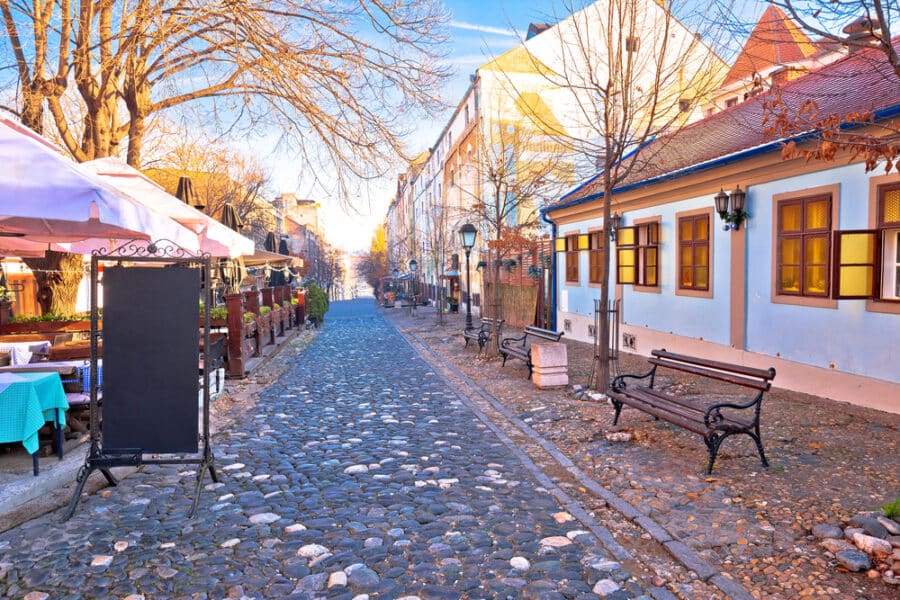
One appeal of Belgrade is that it’s female & solo traveler-friendly. Suppose you’re a woman and you’re traveling alone. In that case, you’ll know that sometimes even t
he best destinations you’d expect to be super safe can turn out to be an uncomfortable experience, like in Italy, where harassment is pretty common.
Ironically, the biggest danger in Belgrade is going to a football match and getting caught in a fight between football hooligans wearing the wrong fan shirt!
So don’t do that!
In fact, it might be wisest to avoid going to any football matches while you’re visiting Belgrade as they’re known to get violent, especially when it comes to matches between the city’s two home teams – the Red Star Belgrade and Partizan.
The only real problems that go on in the capital are between organized crime groups, but as long as you stay out of dodgy neighborhoods like Banjica, which has a reputation for being the home of some pretty hardcore football fans, you’ll be fine!
Now that the safety public service announcement is out of the way let’s discover why Belgrade is worth going to.
Best Time To Visit Belgrade
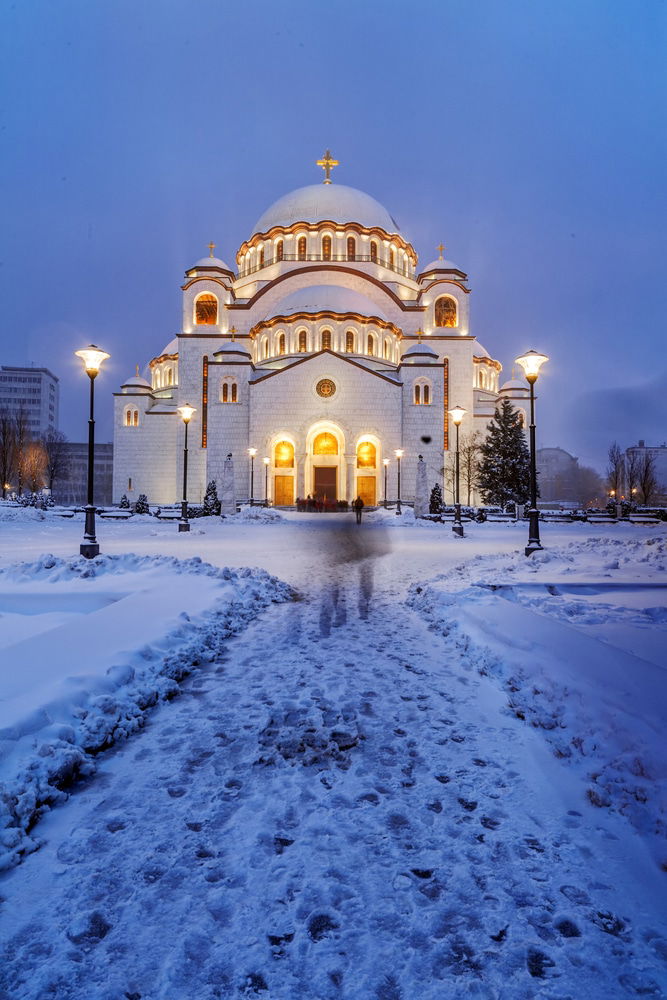
The weather in Belgrade is a huge factor when planning your trip. Winter temperatures drop well below freezing and can reach temperatures as low as -15 degrees Celcius (5° Fahrenheit).
On the other hand, the peak summer months can be scorching hot and make sightseeing a sweaty and unpleasant affair.
Overall, the average temperatures from April to October don’t drop below 10 degrees or go above 25 degrees Celcius (50-77° Fahrenheit.), though the occasional hot day in the height of summer can reach temperatures of well above 30 ° Celcius – 86° Fahrenheit!!
During the winter months in Belgrade, it’s often rainy and snowy, with February being the snowiest month, but the potential for snowfall is present anytime from November to March. My trip was in early December, and while it was chilly after dark and by the river, the sun was shining, and we had maybe 2 hours of rain the whole weekend.
I’d say late spring and early summer are the best times to come overall unless there’s a particular event you want to go to.
How Many Days In Belgrade Is Enough
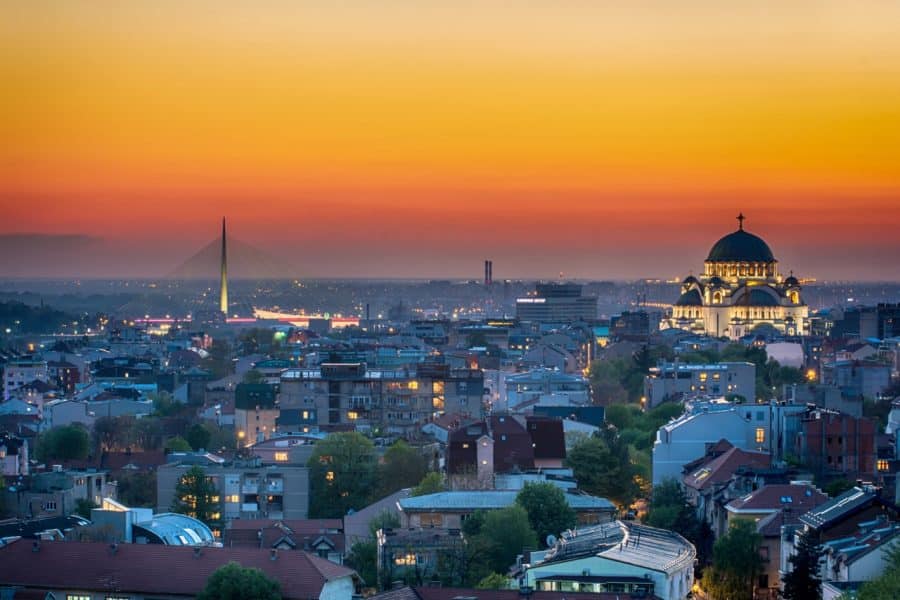
If you’re wondering how long to stay in Belgrade, it really depends on what you want to do. Like most capital cities, a long weekend is enough time to explore all the main attractions, get a general feel of the vibe, and perhaps visit a few nice spots outside the city – that is what we did.
On the other hand, if you want to use Belgrade as a base for day trips to other cities and landmarks across Serbia, it is 100% worth staying much longer.
There are several worthwhile day trips from Serbia’s capital, like the city of Novi Sad, which is more relaxed than the capital and has a few famous landmarks, like the Novi Sad Synagogue, Petrovaradin Fortress, and Bishop’s Palace.
A week is enough time to explore the capital, allow for a few day trips outside of the city, and a couple of nights out with time to recover from your hangover. On the other hand, if you want to see the city itself and you’re short on time, three days is enough!
Brands We Use And Trust
Things to See and Do in Belgrade
- Ada Ciganlija: A popular lake and recreational area for swimming, sports, and picnics
- Belgrade Fortress (Kalemegdan): Explore historic ruins and enjoy panoramic views of the confluence of the River Sava and Danube
- Church of Saint Sava: Visit one of the largest Orthodox churches in the world
- Ethnographic Museum: Learn about Serbian culture and history through exhibits and artifacts
- House of Flowers (Tito’s Mausoleum): Discover the final resting place of former Yugoslav leader Josip Broz Tito
- Nikola Tesla Museum: Explore the life and inventions of the famous scientist
- Skadarlija: Experience the bohemian quarter with cobblestone streets, restaurants, and live music
- St. Mark’s Church: Admire the beautiful Serbian Orthodox church known for its colorful mosaics
- Tašmajdan Park: Relax in a green oasis in the heart of the city
- Zemun: Wander through a charming historic neighborhood with a riverside promenade
Explore The Kalemegdan Fortress
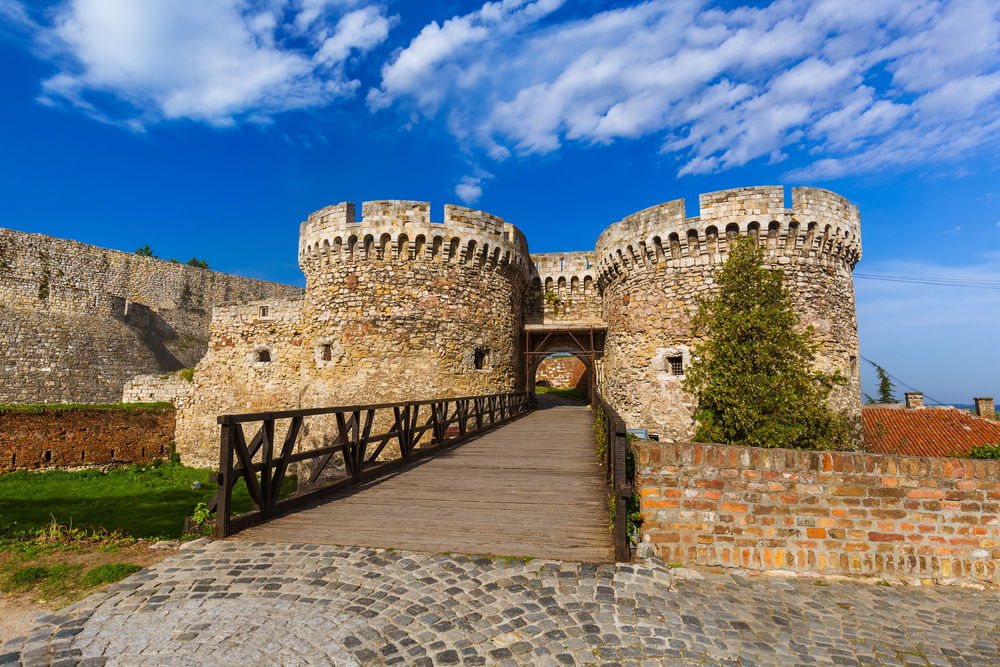
One of the top tourist must-sees in Belgrade is this old fortress built in 279 BC. What’s more, it’s situated right in the city center, in the heart of one of the best city parks.
The views from the fortress over the city and the Sava River in the distance are fantastic!
Greet The Pobednik Monument
Found in the same park as the old Kalemegdan Fortress, the victory statue depicts a naked man with a sword and dove in his hands.
Curiously, the statue was originally in another part of the city, but the man’s nudity caused quite a scandal amongst the women, so he was moved to a quieter spot.
Visit The Enchanting Ruzica Church
Tucked away on the northeastern walls of the Kalemegdan Fortress under the Zindan gate, this little church is so charming it looks like it is straight out of a fairy tale.
It’s the city’s oldest church and a perfect place for weddings!
But the ivy-covered church isn’t what it appears. Walk inside, and you’ll find yourself looking at chandeliers made from bullet casings, swords, canon parts, rifles used by WWI Serbian soldiers, and iconic frescoes designed by Andrei Bicenko.
The diverse interior of Ruzica is just a symptom of its long history. Initially, it was an arsenal and then a military chapel until 1925.
Stroll Through Knez Mhailova
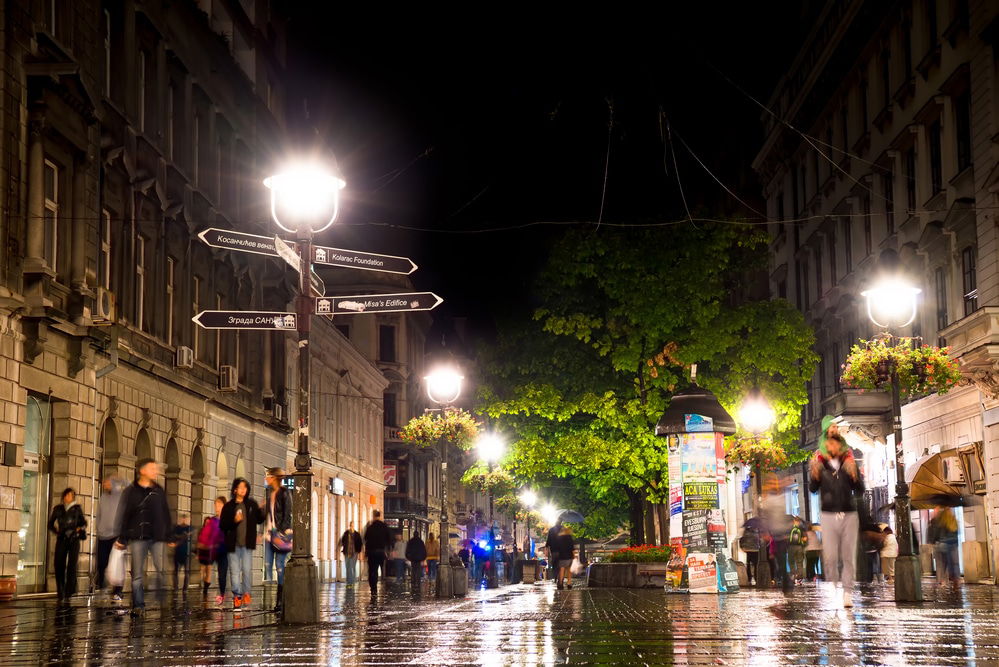
Knez Mhailova is the liveliest street in the city, lined with shops and coffee shops. It’s in the heart of the city center and is a great place to go if you want to do some retail shopping or soak in the bustling atmosphere.
Check out the Knez Mihailo monument before you move onto the surrounding streets!
Spend A Morning At The National Museum Of Serbia
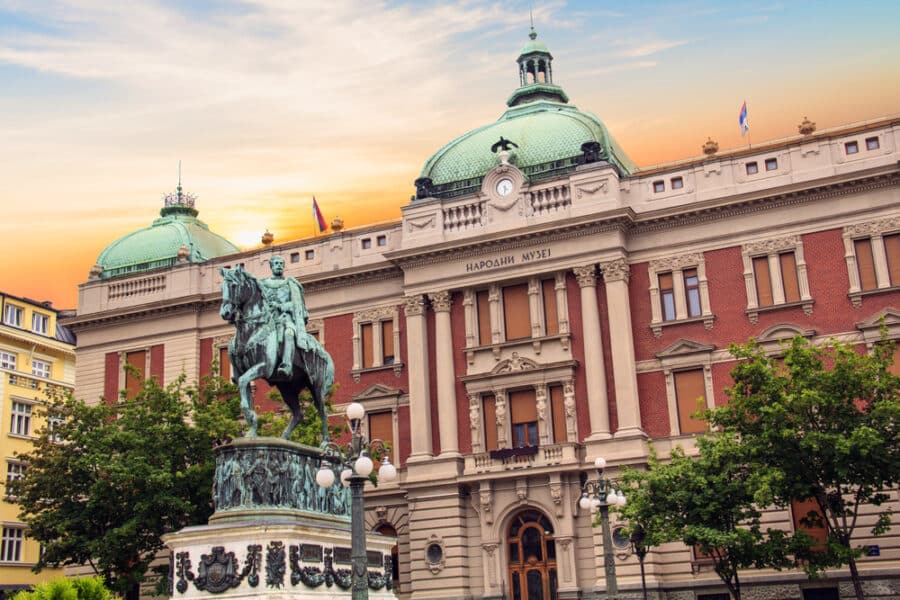
Housed in a grand, palace-like building, the National Museum houses works by the most celebrated sculptor of the former Kingdom of Yugoslavia, Ivan Meštrović (who is Croatian), archeological relics from the country’s Roman times, and countless exhibits showcasing classical artwork from the 18th century through to the 20th century.
You can’t leave the museum without spending some time observing two of the most famous pieces, Stevan Aleksić’s The Burning of the Remains of St Sava, completed in 1912, that sits side by side with Đorđe Krstić’s The Fall of Stalać, that was finished in 1903.
Learn About Serbia’s Past At The Museum Of Yugoslavia
If you’re a history enthusiast, you can’t skip the Museum of Yugoslavia, which is home to a collection of over 200,000 artifacts connected to the kingdom’s past.
There’s much to see, from artwork and weapons to photographs and historical documents, so I recommend taking a guided tour. You can book them in advance or show up on a Sunday at 11 a.m. to catch a free tour in English.
Explore The Temple Of St Sava (Sveti Sava)
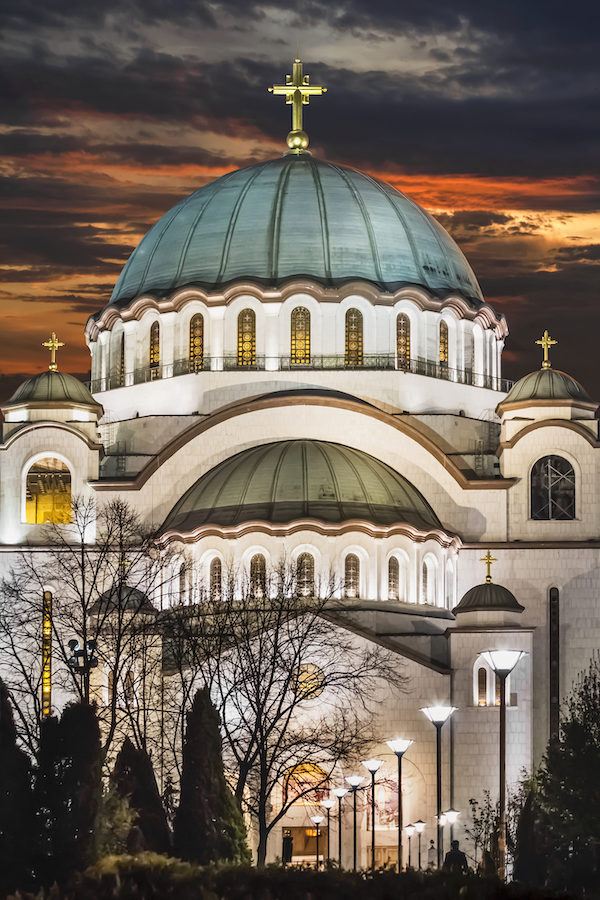
The elegant Church of Saint Sava is a Serbian Orthodox church, the largest Orthodox church in the Balkan region and the second largest globally.
It stars in many of the views over the city, and from up close, you can get a real sense of just how enormous it is.
On the inside, the church is brought to life by delicate frescoes, large chandeliers, and Murano glass mosaics. Go in and make sure to look at the 1248 square meter mosaic that was made to adorn the dome – it took more than three years for 70 Russian and Serbian masters to complete.
Day Trips From Belgrade
Once you have got your fix of Belgrade, why not explore more of Serbia with one (or more) of these day trip ideas from Belgrade:
- Avala Tower: Approximately 30 minutes by car; visit the telecommunications tower and enjoy scenic views
- Oplenac Royal Complex: About 1 hour by car; explore the royal mausoleum and vineyards
- Novi Sad: Around 1.5 to 2 hours by train or car; visit Petrovaradin Fortress and the historic city center
- Vršac: Approximately 2 hours by car; explore this charming town known for its vineyards and cultural heritage
- Niš: About 3.5 to 4 hours by train or car; visit historical sites like Niš Fortress and the Skull Tower
- Tara National Park: Around 4 to 5 hours by car; enjoy hiking and nature in this beautiful national park
- Đerdap National Park: Approximately 4 to 5 hours by car; see the stunning Iron Gates gorge on the Danube
- Subotica: About 4.5 to 5 hours by train or car; discover the Art Nouveau architecture and cultural attractions
Drvengrad
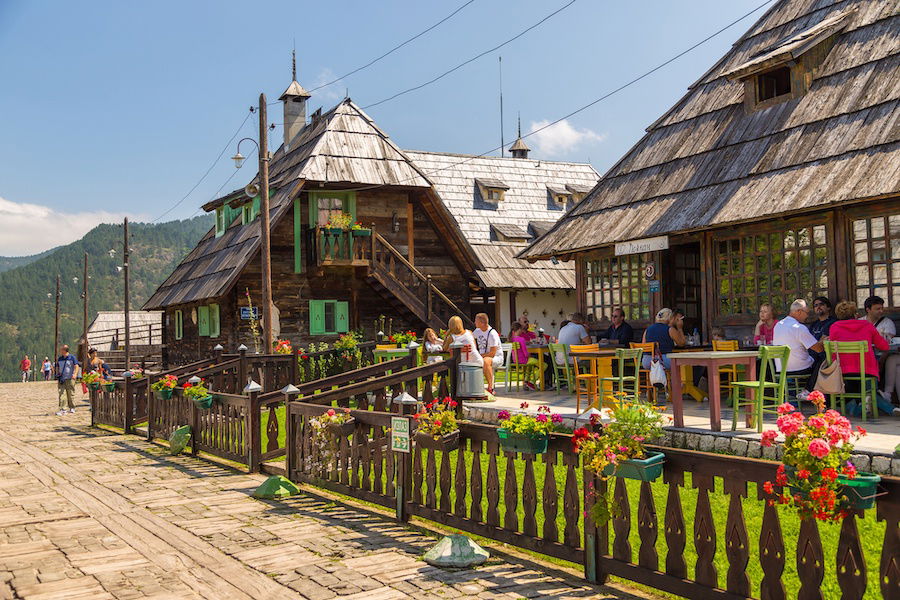
Built as a film set for Life Is a Miracle, this recreated village is also known as Kusterdorf. It’s become popular as it showcases the more traditional architectural styles of the region.
What’s more, it is an excellent place to go if you’re a fan of Emir Kusturica’s films, as the village is home to the Stanley Kubrick Cinema, which showcases her work!
The streets are named after national and international stars and are riddled with vintage cars that add to the old-age feel of the place.
It’s not worth trying to get here by public transportation as it’s just too far from Belgrade, so book a tour instead!
Golubac Fortress
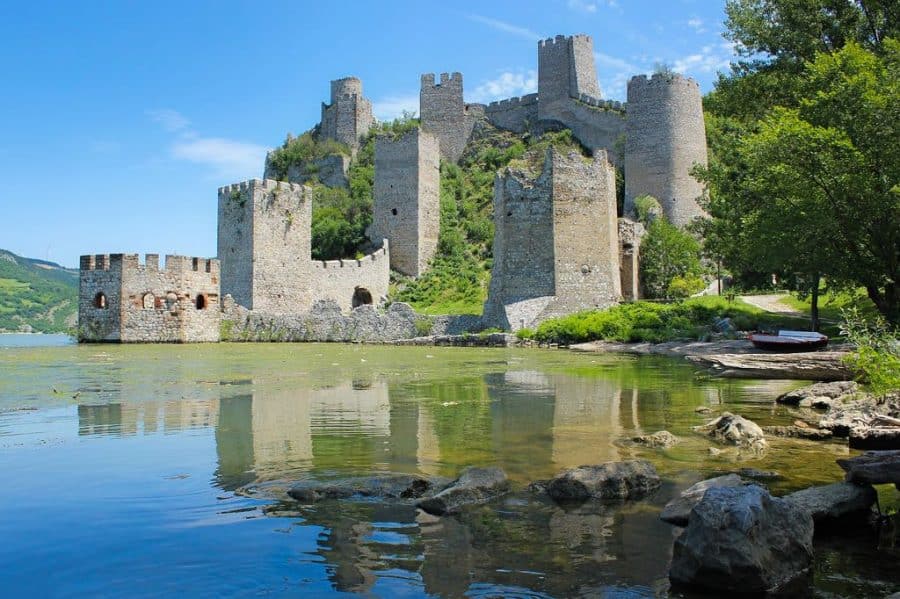
This 14th-century fortress built on the bank of the Danube River is imposing and surrounded by a raw natural beauty that leaves a stark impression.
Climb up to one of the fortress’ ten towers for the best views, and learn about the history of Golubac in the exhibits dotted around the interior.
Just two and a half hours away from Belgrade and easily accessible by public transport, this is a day trip worth putting at the top of your priority list.
Derdap National Park
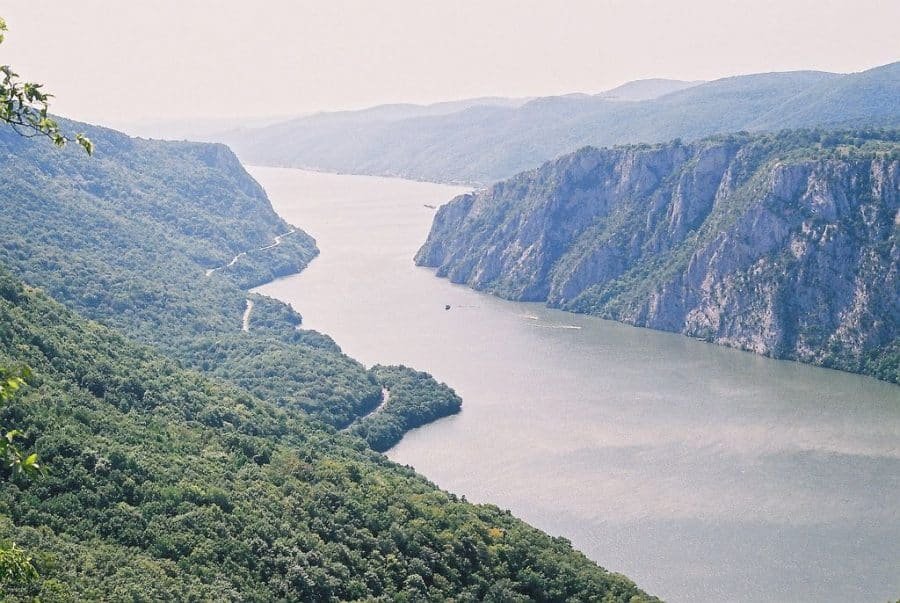
The gorge that runs through this national park, the Derdap Gorge, is also known as the Iron Gate. It’s a natural border between Serbia and Romania and follows the Danube River course.
At points, the gorge rises to 500 meters above the river, creating dramatic scenery imposing from the bottom and boasting panoramic views from the top.
There are mountains, ravines, and lakes along the hiking trails that run through Derdap, so pack your hiking boots and enjoy some proper time in the wild Serbian landscape.
The best way to get there is to rent a car, as going on a tour is possible but can be quite restrictive!
As you can see, the capital city of Serbia is one of those European cities that has not only historical sites and interesting places to keep you busy but also green spaces to chill out in.
What are the different areas of Belgrade?
If you’re visiting Belgrade, you’re no doubt wondering where to stay. Like most capital cities, there are many different areas, but not all are tourist-friendly or close to the city center and landmarks you might want to see.
So, we’ll cover the main areas worth considering as a visitor:
- The first is Stari Grad, which encompasses the majority of Belgrade’s Old Town and is in the heart of the city center
- A little further away, about a 25-minute walk to the Old City, is the neighborhood of Vracar, which is modern and tranquil
- If you’re in Belgrade for the nightlife, then stay in Savamala, which is a lively neighborhood along the River Sava
- Looking for something a little different? Then, stay in Zemun, an up-and-coming neighborhood that is more ethnically diverse than other areas of Belgrade, offering a wide range of cultural influence
Is Belgrade expensive?
Belgrade is a super affordable destination that can be adapted to any budget. Even without making any major restrictions or compromises based on budget, you can happily travel on 5,000 Serbian dinars (RSD), which is about $47 at the time of writing this article, a day.
Of course, you can do it for less if you’re staying in hostel dormitories and you don’t eat out at high-end places, but even if you booked the nicest hotels and ate out frequently at lush restaurants, you’d struggle to go over spending $100 a day per person.
What is the best time to visit?
The best time to visit Belgrade is late spring through the end of summer (from April to the end of August) when the weather is warm and the cold temperatures and snowfall of the winter months are behind you.
It’s hard to compare Belgarde in summer vs winter as each season offers a totally different experience. There’s usually snow and icy temperatures in winter, while the summer can get very hot.
If you want to go hiking, definitely don’t come in winter; however, if you’re going to Belgrade because you want to eat good food and drink and enjoy a totally unique winter destination, then this off-the-radar capital is a great choice.
How much does accommodation cost in Belgrade?
I looked at booking accommodation just a few weeks in advance, in the height of summer, and prices averaged around $30 a night for a lovely flat on Airbnb for two people in the best neighborhoods. Out of peak season, prices drop even more.
If you’re traveling alone and you want to meet other travelers, you can book beds for as little as $10-$15 a night in hostel dorms on Hostelworld.
Luckily, the city is not busy or super popular, so that you can make last-minute bookings!
How is the nightlife scene in Belgrade?
Like many of the capitals in Eastern European countries, Belgrade has excellent nightlife. It’s not as intense as those of neighboring countries like the Hungarian party capital, Budapest, as it’s simply not a well-known destination, so there are fewer travelers.
But the capital is never lacking in party spirit, and as with most things in Belgrade, there are some totally unique nightlife experiences you won’t come across anywhere else.
Something you can’t miss out on is a night of live folk music at a Kafana. The venues always have the aesthetic of a traditional restaurant and the lively atmosphere of a bar.
One super unique but slightly risky experience is a night at a Splavovi party. Known locally as splavs, these raft-like clubs that float on the city’s two rivers are a hit-or-miss experience. The problem is that many of them are owned by organized crime groups and are popular meeting places for said groups.
So, if you do decide to go to one, make sure you have the approval of a trusted local or that you go with a group of locals that have a spot they go to frequently to avoid finding yourself caught in the middle of a brawl.

